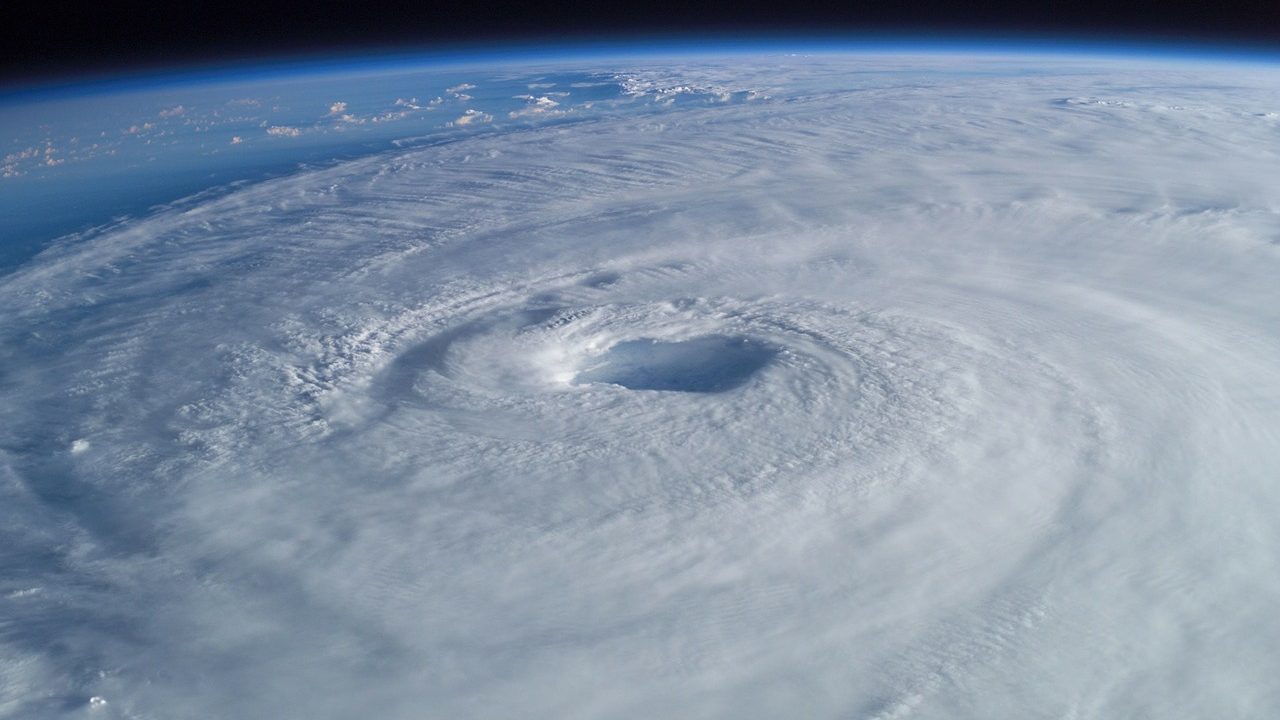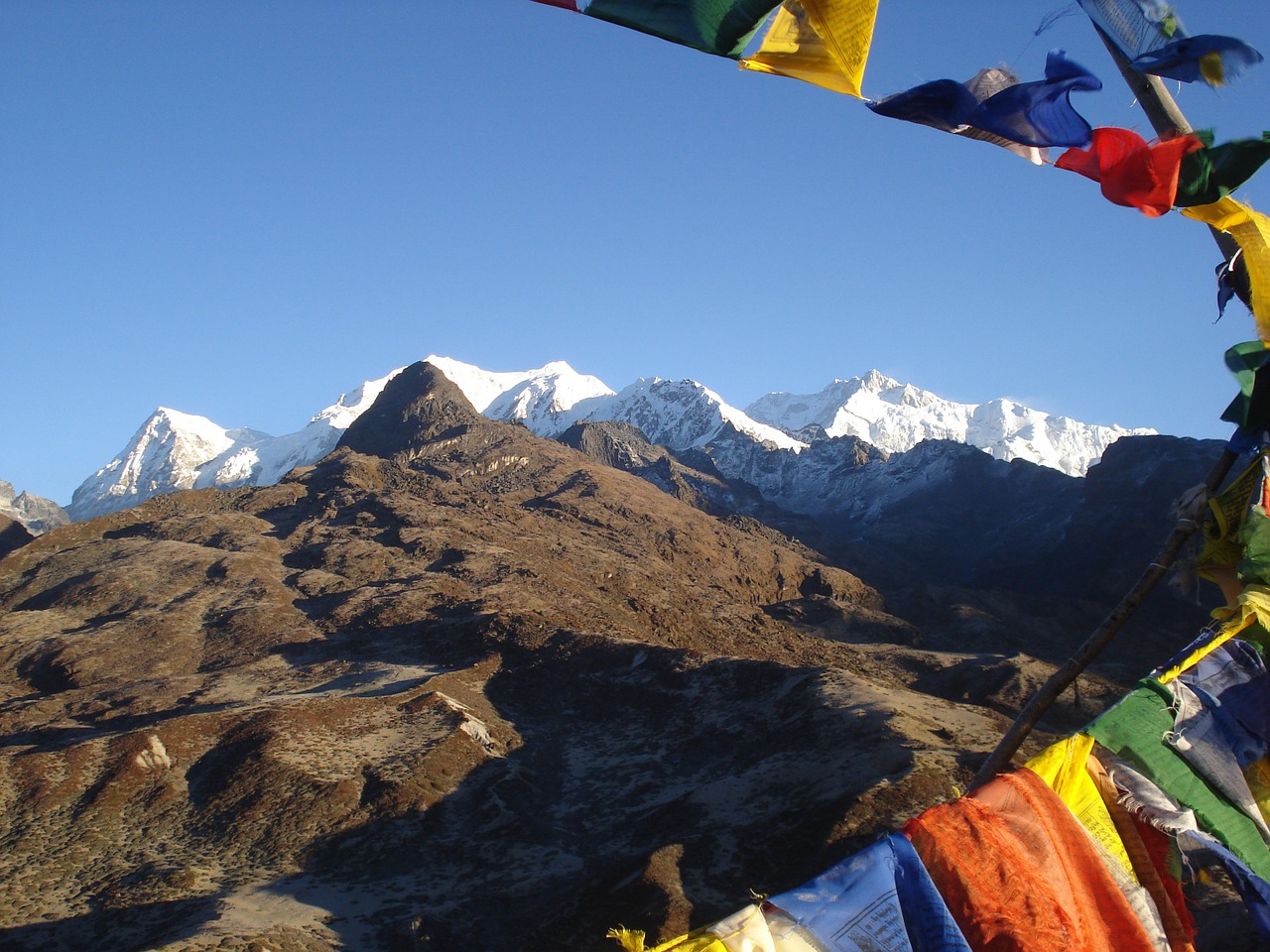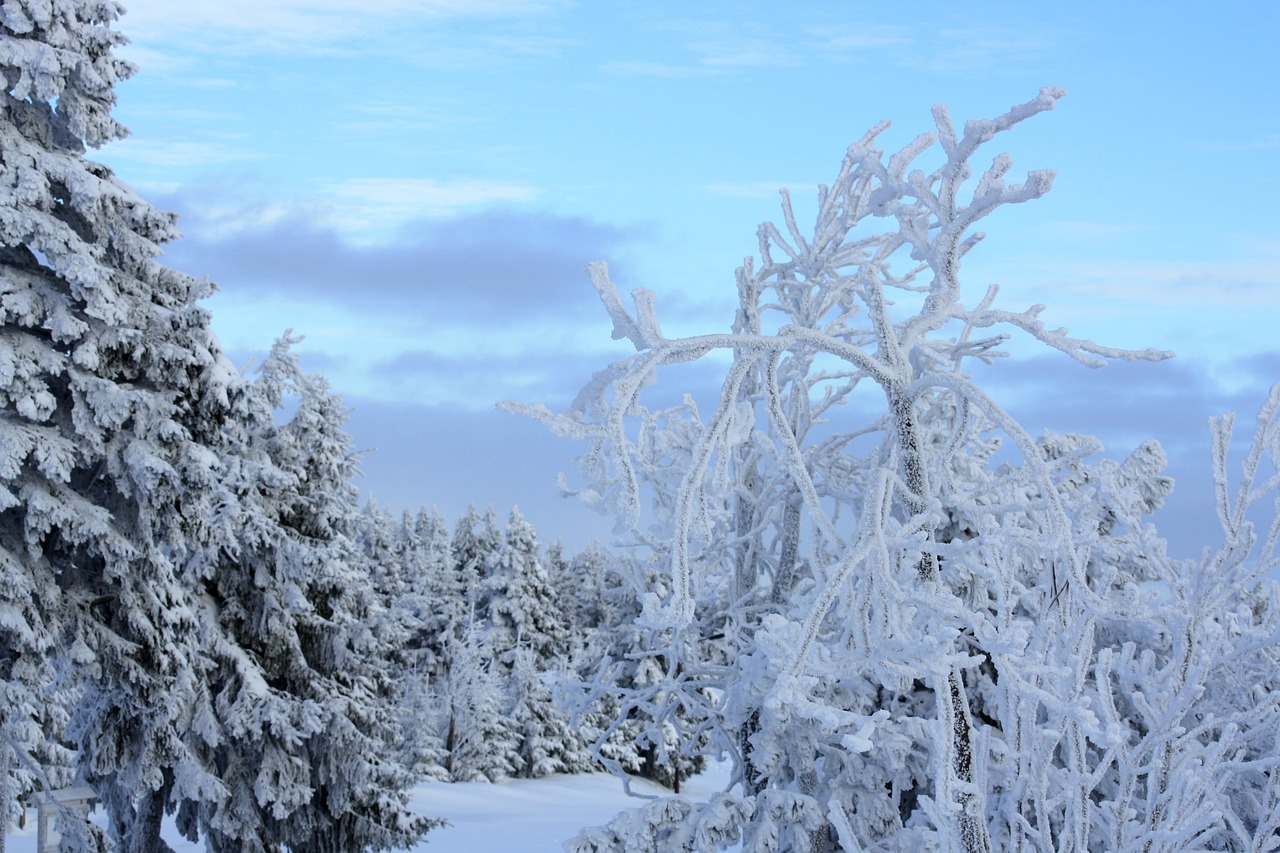The Intergovernmental Panel on Climate Change (IPCC) on Wednesday released a Special Report on Oceans and Cryosphere in a Changing Climate. It is the first such report exclusively addressing the impacts of a warming world on the oceans, and cryosphere—the parts of the earth covered by glaciers, sea ice, and permafrost. The report has significant messages for India.
The report focuses on the emergence of ocean extremes in response to increasing carbon emissions due to the continued burning of fossil fuels. The extremes include marine heatwaves, extreme El Niños, and extremely severe cyclones. These ocean extremes are new to our world, and have far-reaching impacts, especially in India and the Indian Ocean-rim nations.
Take for instance extreme El Niños. In 2015–16, we had one of the strongest El Niños recorded in modern instrumental history. El Niños generally occur every 2-7 years and are characterized by warm ocean temperatures in the east Pacific which affect the global weather. For India which depends on the monsoon rains, a moderate El Niño in itself can result in a deficit and erratic monsoon. So, when an extreme El Niño hit the globe in 2015–16, India reeled under back-to-back droughts. Ethiopia and South Africa had one of the worst droughts in 50 years and severe heatwaves, resulting in a massive shortage of food grains.
Such extreme El Niños are likely to increase in the future – from one event every 20 years during 1891–1990, to one every 10 years by the end of the century. This may have an immense impact on future monsoons and the heavily agrarian-based society in India and South Asia in large.
Now, the next monster is something totally new—marine heatwaves. These are heatwaves over the ocean, much similar to that over the land. They are the ocean’s erratic response to increased warm waters. Worst, they often co-occur with extreme El Niños. Marine heatwaves hit sea life the hardest. Coral reefs occupy only 0.1% of the planet’s surface but are home to 25% of all the animals found in the ocean.
Corals have a specific range of temperatures that they can survive in, and frequent occurrence of marine heatwaves could kill them and the ecosystem around them. Due to these heatwaves, aquaculture industries along the Indian Ocean-rim have suffered severe damage due to fish mortality in recent years.
Satellite observations reveal that marine heatwaves have very likely doubled in frequency between 1982 and 2016 and that they have also become longer-lasting, more intense and extensive. If current carbon emissions are not reduced, a one-in-hundred-day event (at preindustrial carbon dioxide levels) is projected to become a one-in-four-day event by 2031–2050 and a one-in-two-day event by 2081–2100.
Along with the marine heatwaves, the temperature, sea level, and acidity are increasing, while oxygen is decreasing in the Indian Ocean. The Indian Ocean has been unusual in terms of relatively low oxygen below the surface and yet have a relatively high surface production. Near-surface deoxygenation is bad news for this high productivity.
All these changes have heavily impacted coastal wetlands, resulting in increased mortality of vegetation, loss of habitats, changes in community and ecosystem structure. The IPCC report also points out a loss of coastal blue carbon habitat—seagrasses, mangroves, and marshes which assist in carbon sequestration. Potential fisheries catch in the Indian Ocean have already been hit by the effects of warming and changing primary production on growth, reproduction, and survival of fish stocks.
The third byproduct of ocean warming is extremely severe cyclones. The probability of post-monsoon tropical cyclones over the Arabian Sea has increased. Cyclone Nilofar in 2014, for instance, was the first extremely severe cyclone to be recorded in the Arabian Sea in the post-monsoon cyclone season. Though the cyclone did not make landfall, it produced heavy rainfall on western Indian coasts. With a rapidly warming Indian Ocean, such severe cyclones are projected to increase in number and we cannot overlook the possibility of them making landfall over the west coast of India.
Unlike the United States which is showing wobbling response to climate change at the federal level with the climate action left to the mercy of states, India is far ahead in developing and implementing mitigation and adaptation strategies realizing that global warming is at its doorstep. India has constituted the National Climate Change Action Plan and has promised to ramp up huge investments in the renewable energy sector.
However, much more needs to be done. India can take up global warming as an opportunity and emerge as a leader by advancing science and development in ocean-based renewable energy resources, energy-efficient coastal and offshore infrastructure and capitalize on its 5000 km coastline for green transportation while adapting to the changing climate. (ISW)
[Roxy Mathew Koll is climate scientist at Pune-based Indian Institute of Tropical Meteorology and a lead author of the IPCC Special Report on Oceans and the Cryosphere. Raghu Murtugudde is a professor of atmospheric and oceanic science and earth system science at the University of Maryland, and a visiting professor at IIT Bombay.]
Roxy Mathew Koll and Raghu Murtugudde
If you liked this article, then please subscribe to our YouTube Channel for the latest Science & Tech news. You can also find us on Twitter & Facebook.



